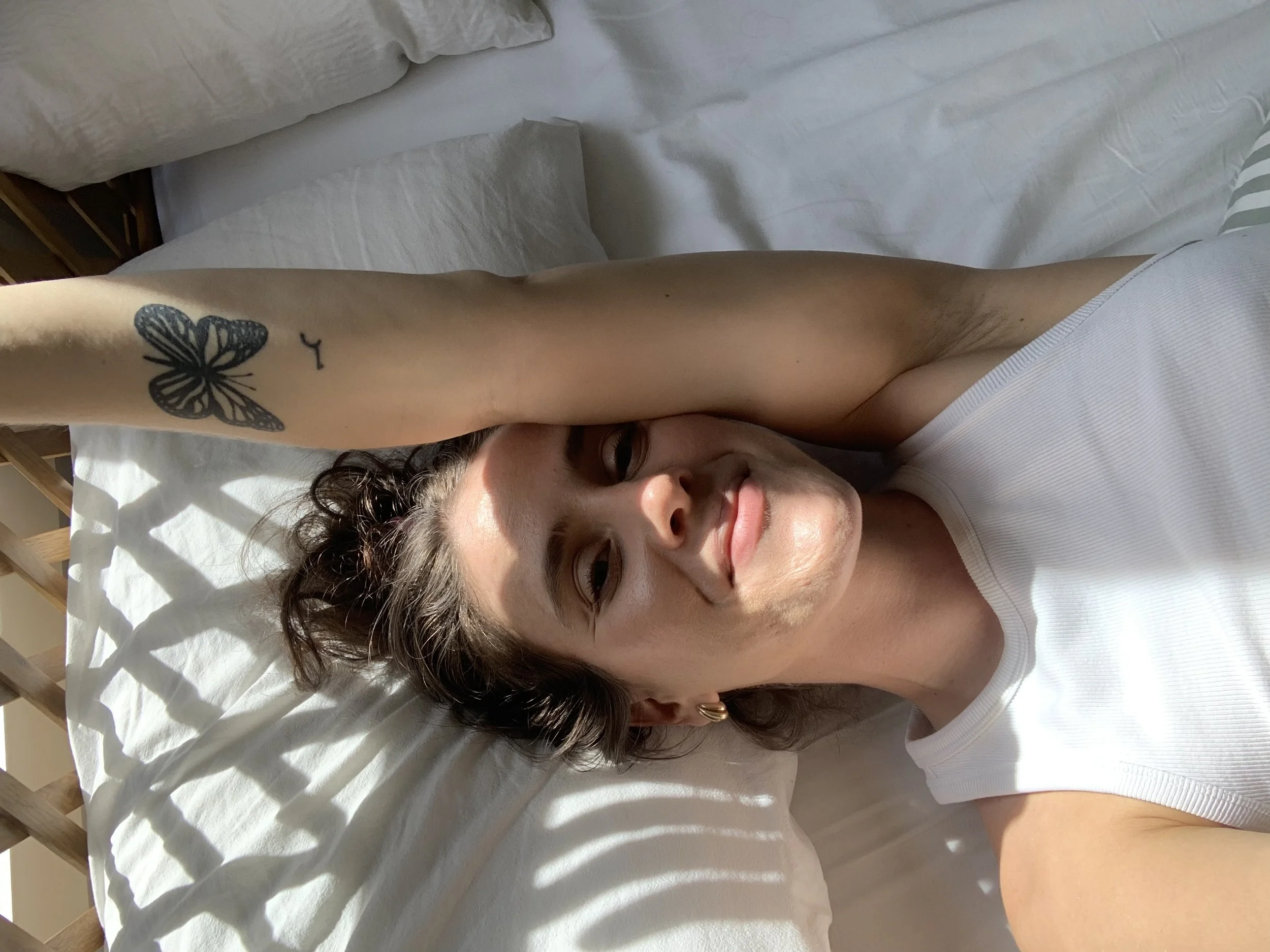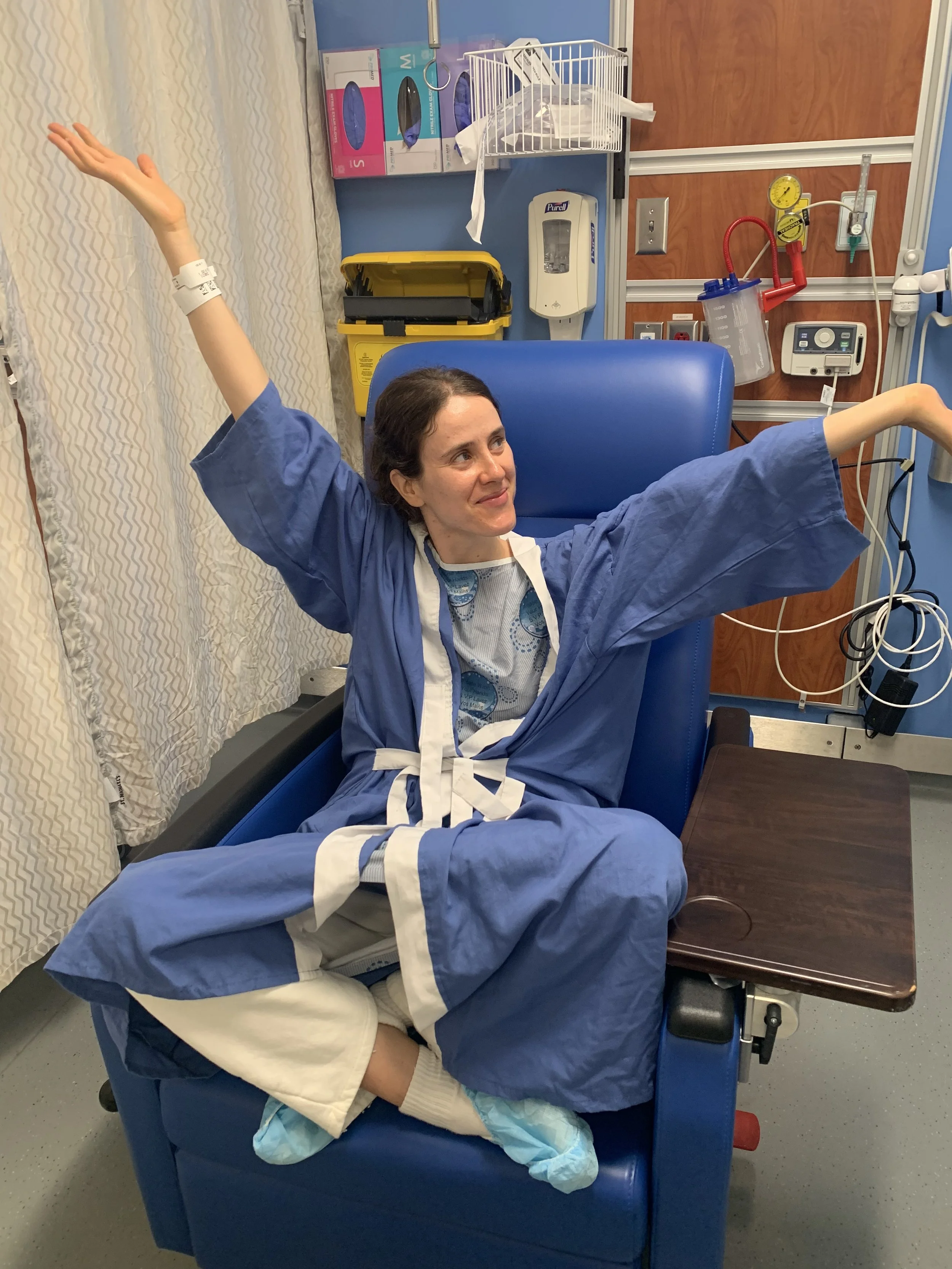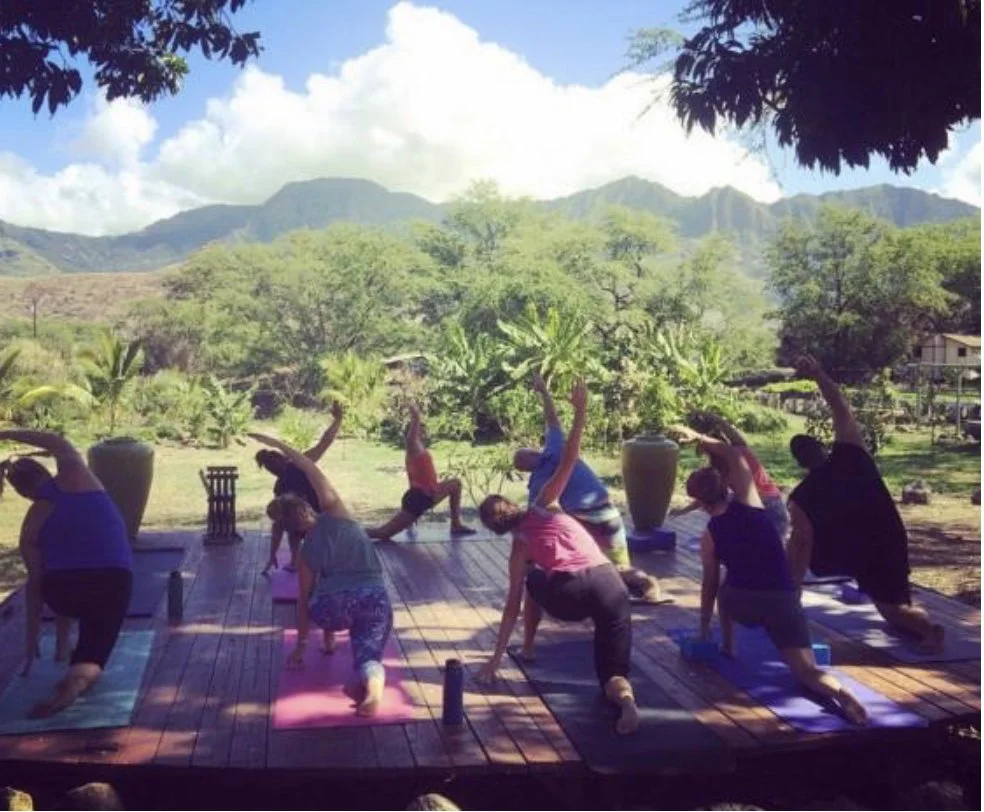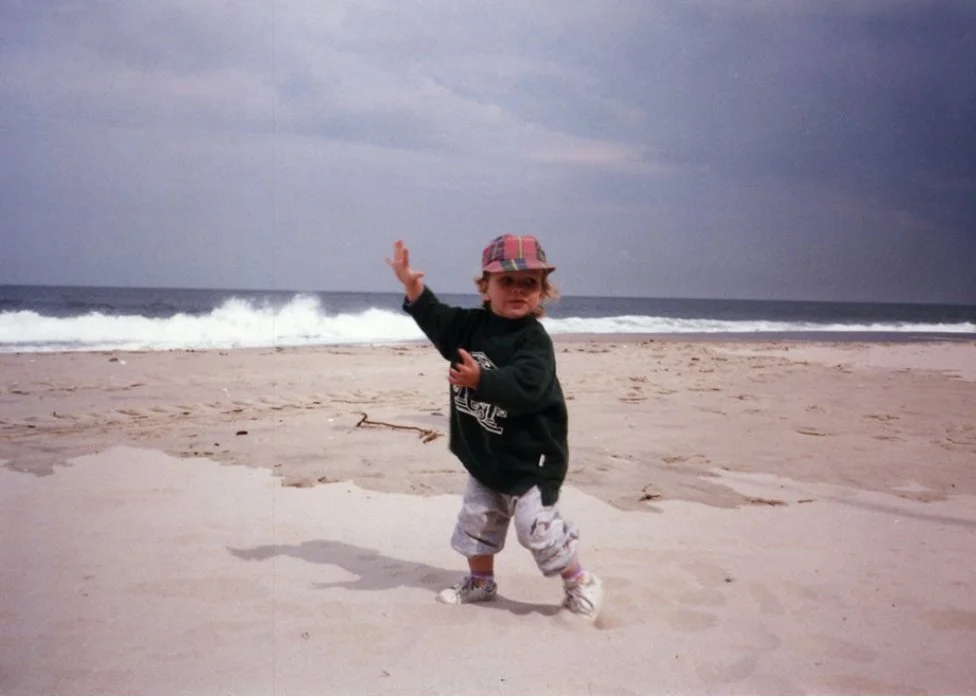Movement, Redefined: Navigating Endometriosis Through Adapted Fitness
Movement has always been part of who I am. I grew up dancing, running, and playing sports. I started practicing yoga at nine years old. For as long as I can remember, movement was how I processed life — it was my medicine, my joy, my home.
But when my endometriosis symptoms worsened in 2019, that relationship was shattered. I entered an eight-month flare-up that left me mostly bed-bound. I was in constant pain, in and out of hospitals, and could no longer do the things that once brought me comfort. Eventually, I was diagnosed with stage 4 endometriosis in 2020 through laparoscopic surgery, and thoracic endo in 2024 after a second surgery.
During those eight months, I would get brief windows of slightly less pain — moments where I longed to move. I tried old routines and familiar stretches, but they often led to increased pain and fatigue. I was frustrated and confused. I saw others saying yoga or movement helped them manage their endo, and I wondered, Why does it hurt me? What am I missing?
The truth is: I was still trying to move like I used to. On “lower pain” days, I’d push myself too far, chasing the version of myself who once felt strong and effortless in her body. I wasn’t meeting myself where I was — I was trying to bypass the grief of what had changed.
The turning point came when I stumbled across an old video of myself teaching a yoga class in Hawaii — laughing, joyful, moving with confidence and ease. I watched it and felt my heart fill with grief. I missed her. I missed me.
But instead of pushing harder, I softened.
I allowed myself to finally grieve that version of my body. And slowly, I began to build a new relationship — one rooted in acceptance and self-compassion — with the body I have now.
As someone who has spent years teaching adapted yoga and movement to others — children, older adults, people with injuries or neurodiversities — it finally clicked: I needed to adapt movement for myself. I wasn’t “broken.” I just needed a new approach.
I dove deep into research, leaned on my education, and started modifying routines in ways that honored what my endo body could do — and what it couldn’t. I learned how chronic pain can create pelvic floor tension, how overstimulation can trigger sympathetic nervous system responses, and how certain types of movement can exacerbate symptoms if we don’t pace them mindfully.
One of the most important things I’ve learned is that movement doesn’t have to be big to be meaningful. There are days I can’t leave bed — and on those days, a gentle static stretch with a heat pad or a small seated neck release is movement. And it counts. I'm not chasing who I used to be — I’m learning to move forward with who I am now.
Through trial, error, and a lot of compassion, I developed a new way of moving: slow, intentional, and always guided by how I feel in the moment — not by how I think I should perform.
This journey led me to create The Endo Moves Club — a space for others like me navigating the complexities of movement with endo. Whether you're preparing for surgery, recovering, living in a flare, or slowly rebuilding strength, I wanted to have something for everyone, at every stage of their journey. I offer gentle, low-impact, adapted routines that focus on mobility, pelvic health, accessibility , and nervous system regulation. But more than anything, the Club offers space: space to listen to your body, to feel supported, and to know you’re not alone.






